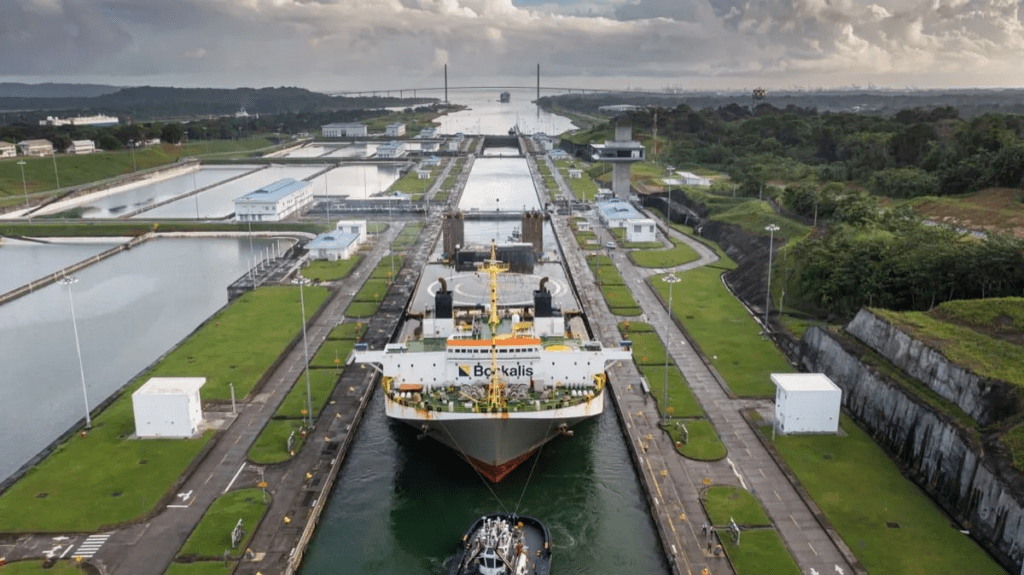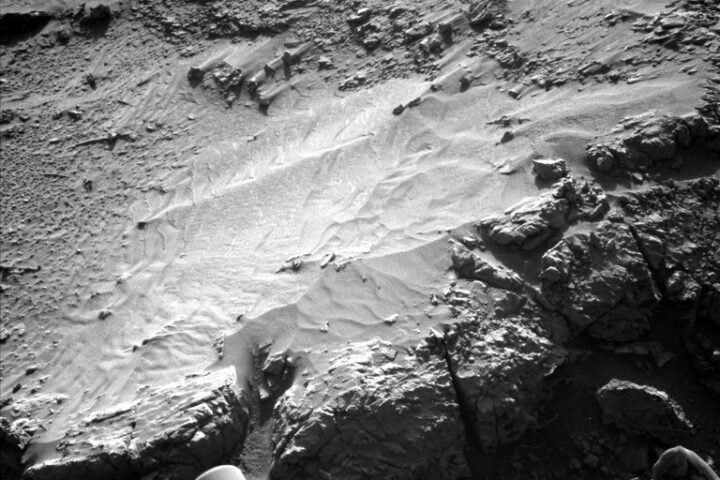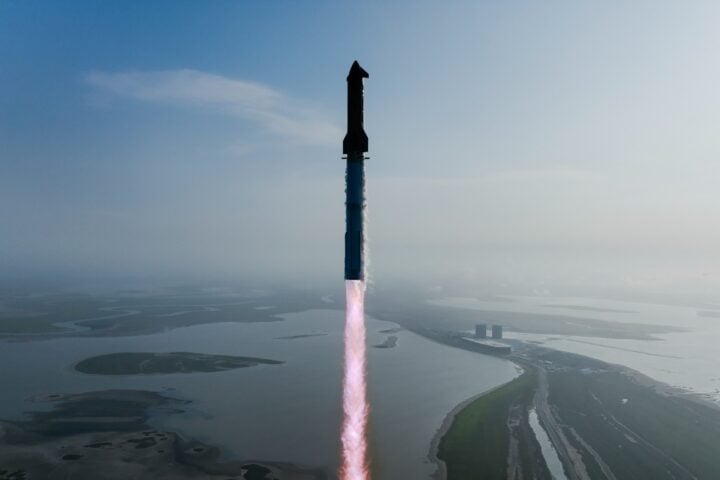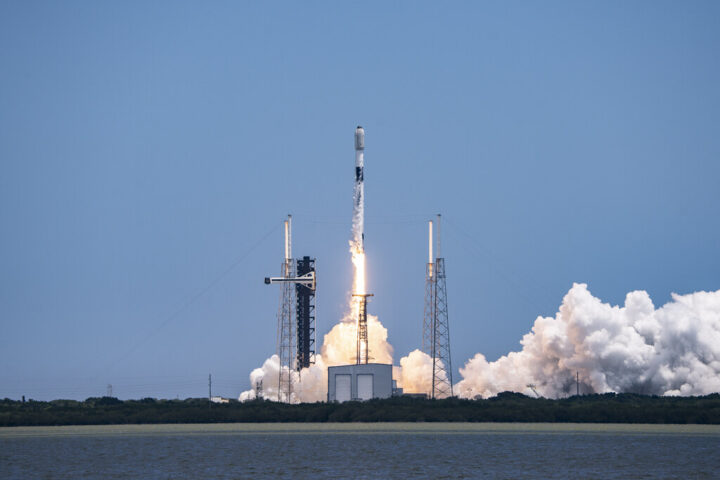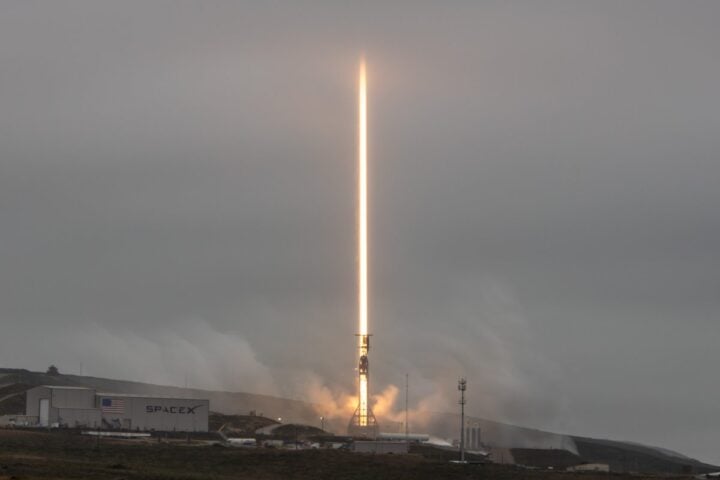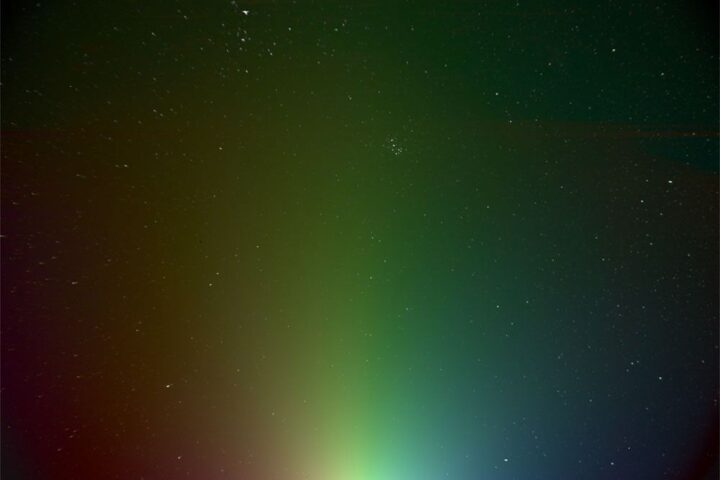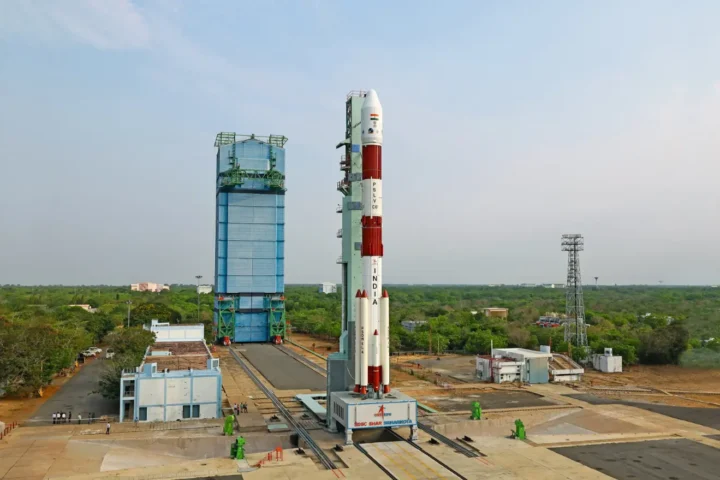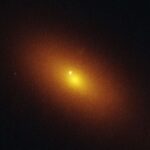HD189733b: A Mesmerizing Enigma in the Cosmos
HD189733b, a mesmerizing exoplanet located 63 light-years away, challenges our understanding of the cosmos with its Earth-like blue hue and extreme weather phenomena. Orbiting the star HD189733, this distant world belongs to the intriguing class of “hot Jupiters.” Despite its close resemblance to Earth, HD189733b’s azure appearance is not due to oceans but a unique atmospheric composition. Silicate particles in its atmosphere, causing glass rains, scatter blue light, giving the planet its captivating color.
Extreme Conditions and Astonishing Phenomena
The planet’s proximity to its star results in scorching surface temperatures of up to 2000 degrees Fahrenheit (1093 degrees Celsius). High-speed winds, exceeding 4,500 mph (7,242 km/h), sweep across HD189733b, creating a turbulent environment. These intense winds carry tiny glass shards, leading to the planet’s most astonishing weather feature: sideways glass rain. The silicate particles, under extreme conditions, condense into these glass shards, which are then propelled horizontally. While it may allure with its beauty, HD189733b’s conditions are far from hospitable for life as we know it.
Scientific Exploration and Discoveries
Scientists view HD189733b as a valuable laboratory, offering insights into exoplanetary atmospheres and diverse weather patterns. Exploring such extreme worlds expands our knowledge of planetary science and the vast conditions possible in the universe. HD189733b’s discovery in 2005 opened doors to understanding the mysteries of such distant, exotic worlds. NASA’s Hubble Space Telescope played a pivotal role in determining the planet’s unique color in 2013. Observations from the Hubble Space Telescope confirmed the scattering of blue light on HD189733b.
Comparisons and Characteristics
The planet’s cobalt blue hue is a result of its blow-torched atmosphere, laden with high clouds containing silicate particles. Unlike Earth’s tropical oceans, HD189733b’s blue is a reflection of a hazy atmosphere and not vast water bodies. Interestingly, Uranus and Neptune in our solar system also reflect blue wavelengths, though for different reasons. HD189733b’s size is comparable to Jupiter, yet it completes an orbit around its star in a mere 2.2 Earth days. This close orbit suggests the exoplanet might be tidally locked, always showing one face to its star. In addition to its extreme conditions, the planet even experiences a phenomenon where it rains glass due to its scorching temperatures.
Similar Post
A World of Extremes
Winds on this alien world reach speeds of up to 5,400 mph (8,700 km/h), making its weather patterns exceptionally violent. If humans could view HD189733b directly, it would appear as a deep blue dot, reminiscent of Earth from space. However, the daytime temperature on this alien planet is nearly 2,000 degrees Fahrenheit, with potential sideways glass rain in its 4,500-mph winds. The silicate particles in its atmosphere could form minuscule drops of glass, scattering blue light more than red. Intensive studies by Hubble and other observatories reveal HD189733b’s atmosphere to be both changeable and exotic.
A Testament to the Universe’s Wonders
This Halloween, NASA’s Exoplanet Exploration site highlights HD189733b as one of the most terrifying destinations in our galaxy. To any space traveler, this planet might seem inviting, but its deadly weather and extreme conditions tell a different story. As we continue our cosmic journey, HD189733b serves as a testament to the universe’s boundless wonders and the mysteries that await our discovery.


